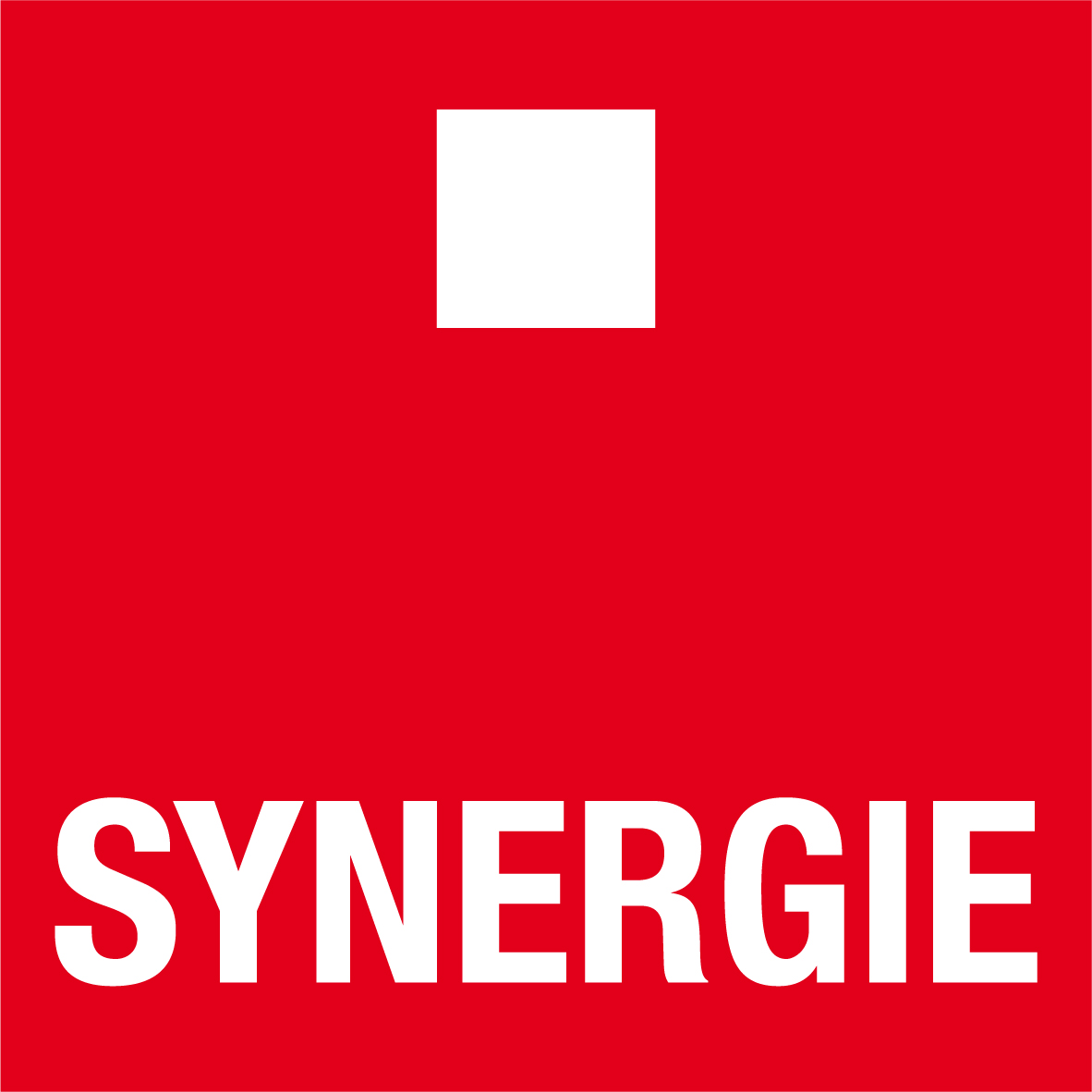What’s the Business Case for Coaching During a Transformation or M&A?
When a company is navigating a major transformation or merger and acquisition, the spreadsheets get plenty of attention: models, synergies, integration plans. Yet the real determinant of value is almost always human. How quickly leaders align, how confidently managers communicate, and how resilient teams remain, these people dynamics decide whether a strategy lands or stalls. That’s where executive coaching becomes a measurable advantage, not a “nice to have.”
Change moves faster than people, and coaching closes the gap.
Transformation introduces role ambiguity, new decision rights, and shifting KPIs. Without targeted support, even strong leaders default to old habits or cautious delay. Coaching accelerates the behavioural shift that strategy demands. Leaders get a confidential space to test messages, pressure-test decisions, and build the muscles for clarity, cadence, and accountability. The result isn’t abstract: you see shorter time-to-decision, cleaner governance, and fewer “rework” cycles.
If your mandate is speed, coaching becomes a lever for speed-to-value, not by pushing harder, but by helping leaders operate at a higher level under pressure.
The numbers that typically move
Organizations that invest in coaching during disruption commonly report improvements in four areas:
- Retention of critical roles: Coaching reduces regrettable attrition among the top 5–10% of impact roles by addressing burnout and misalignment early.
- Engagement and trust: Leaders learn repeatable routines, transparent updates, listening loops, and 1:1 clarity checks that stabilize teams through uncertainty.
- Stakeholder alignment: A coach helps leaders translate strategy into three or four non-negotiables, turning slide decks into operating guardrails.
- Manager effectiveness: Coaching upgrades how feedback is given and received, which drives performance conversations from annual events to weekly practice.
These aren’t soft benefits. They show up in integration timelines, customer churn, and the cost of replacing scarce talent.
In M&A, there are three moments that matter.
- Pre-close signalling: People watch leaders, not press releases. Coaching equips executives to communicate the why, the how, and the what changes now with calm authority.
- Day 1 and the first 90 days: This is where cultures either mesh or repel. A coach helps leaders set decision rights, define integration rhythms, and clarify accountabilities so teams know how to succeed.
- Synergy execution: Tension peaks when real trade-offs start. Coaching keeps leaders centred, reduces politics, and anchors choices to value creation, not personal preference.
If you’re preparing for or executing a deal, see how our Executive Coaching programs are structured for high-stakes transitions.
Why pair coaching with expert recruitment
Coaching is transformative, but you still need the right people in the right seats. When executive coaching works alongside targeted recruitment, you get a flywheel: coaching clarifies the capabilities required, and search fills those roles with precision. Together, they reduce false starts and shorten the ramp for new leaders.
If you’re building out a post-merger org or re-architecting a leadership team, our Permanent Placement services ensure the talent you hire matches the strategy you’re executing, today and six quarters from now.
What a good coaching engagement looks like in practice
A high-impact engagement is practical, time-bounded, and business-anchored:
- Clear outcomes tied to value: e.g., “Stand up the new operating cadence by Q2,” “Reduce top-account churn by 2 pts,” or “Stabilize engineering manager retention above 92%.”
- Cadence with teeth: Bi-weekly sessions, shadowing on pivotal meetings, and rapid “micro-interventions” ahead of tough conversations.
- Stakeholder triangulation: A short 360 to identify the two or three behavioural constraints blocking performance, followed by observable commitments.
- Tooling, not theory: Playbooks for decision logs, meeting hygiene, narrative memos, and 1:1 frameworks that leaders can deploy the same week.
The tone is pragmatic: fewer pep talks, more operating disciplines that survive the quarter.
Common objections, and why they miss the point
- “We’ll do coaching after the dust settles.” By then, the most expensive mistakes are already baked in. Coaching is risk management at the exact moment risk is highest.
- “Our leaders should already know this.” They do, without the noise of a transformation. Coaching filters the noise so experience becomes action.
- “It’s hard to measure.” Tie it to cycle time, retention, NPS, or OKR attainment. If you can’t link it, don’t fund it.
The takeaway
Transformation and M&A expose the organization’s true operating system: its leaders. Investing in executive coaching during these windows isn’t indulgence; it’s operational insurance for the value case you’ve promised to customers, employees, and investors. Pair it with disciplined hiring through permanent placement, and you compound the effect: better leaders, better teams, faster outcomes.
If you’re planning a transformation or deal, let’s talk about how coaching, integrated with recruitment, can turn your plan into performance. Start here: Executive Coaching.







